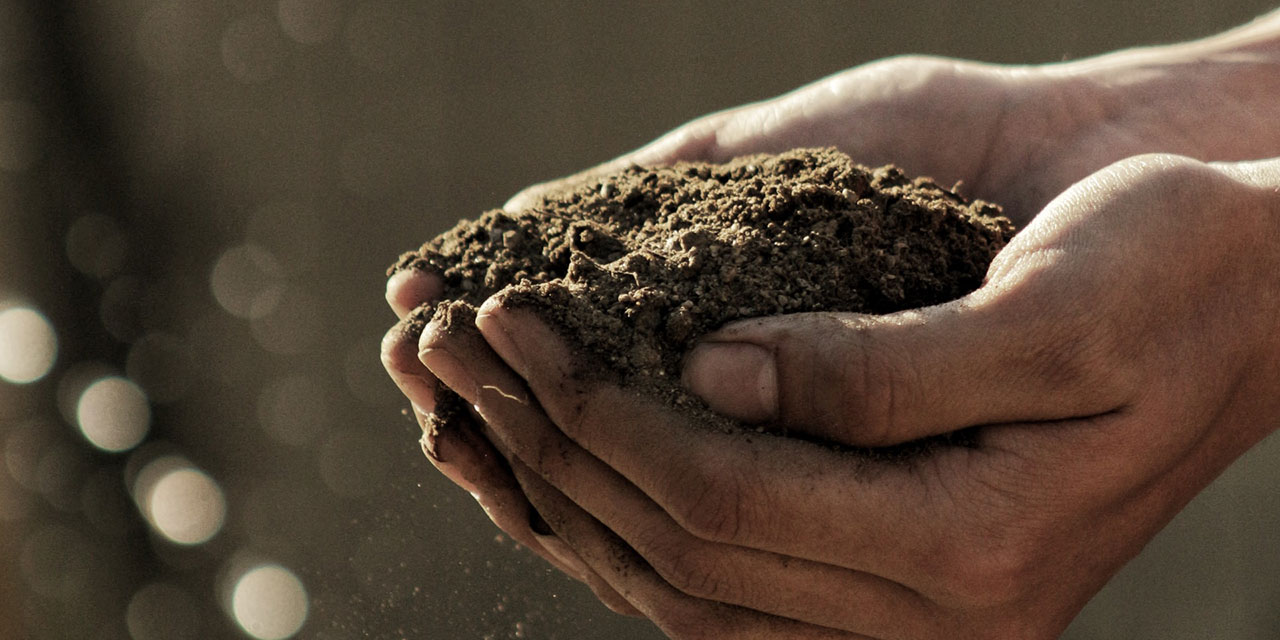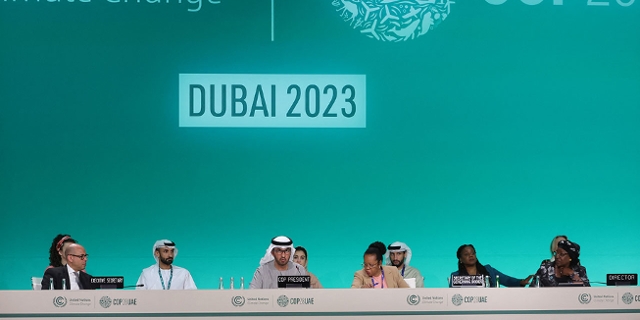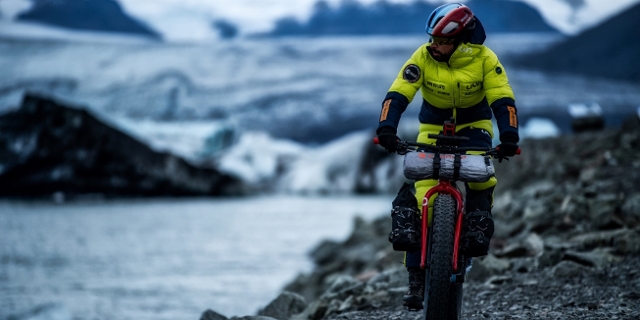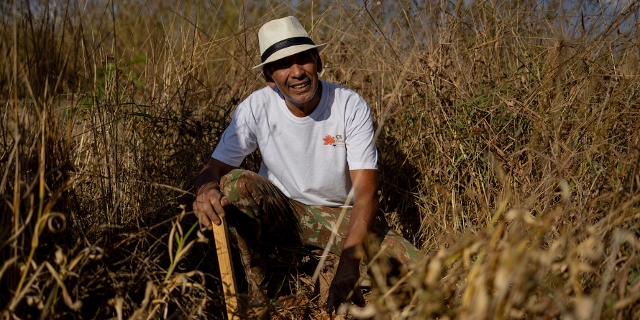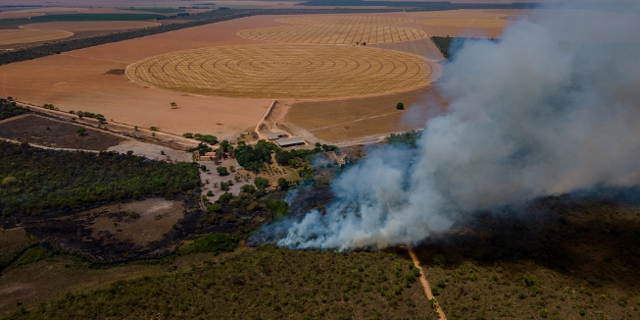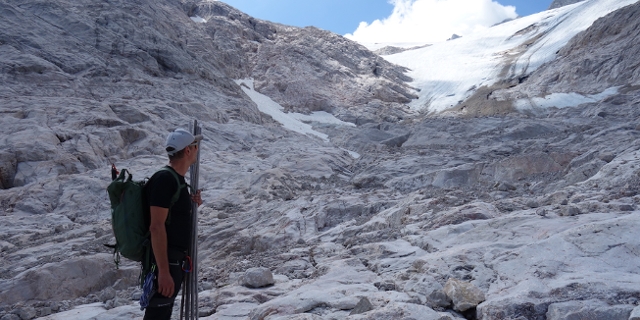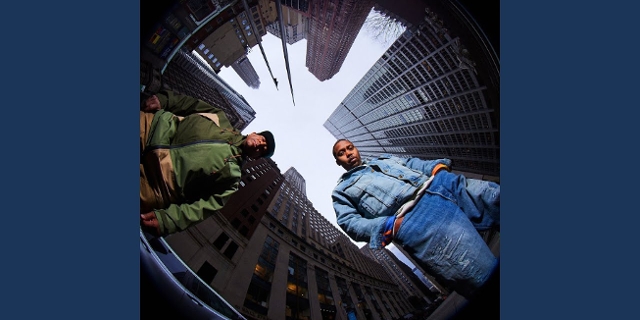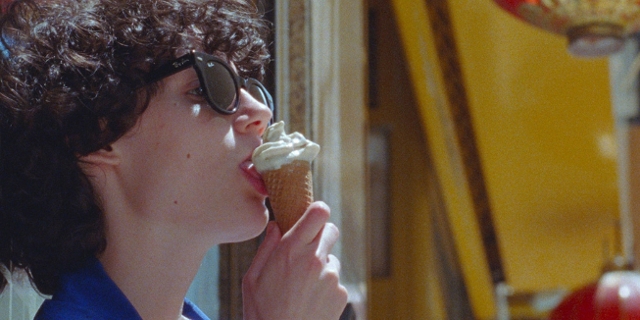Soil: The Black Gold That We Must Protect
Soil captures and stores more carbon than all of the plants on Earth, including trees put together. It’s our greatest land-based carbon-sink.
That’s a fact that I only recently discovered and that, as you will see in this video, I have become obsessed by. Why? Well since childhood I’ve become used to almost worshiping rainforests and ice-sheets as emblems of the battle to save our climate and environment; but I have just treated soil like dirt. Yet it is a complex, fascinating and ingenious structure.
“Soil might not be as beautiful to the eye as a rainforest or a coral reef,” writes George Monbiot, “but once you begin to understand it, it is as beautiful to the mind. Upon this understanding our survival might hang."
Soil Is Getting Thinner And Poorer
Soil is in deep trouble. The United Nations estimates that, because of deforestation and intensive farming, a third of the world’s soils is degraded; it is thinner, it is depleted of nutrients, it is less productive, its binding structures have been destroyed.
Often this “black gold” that takes years to form, is simply blowing away in wind. UN figures show that globally we’re losing soil 10 to 40 times faster than it can be replenished.
This clearly has devastating implications both for our fight to contain climate change and for our global food production. But there is hope. Experts say we can turn the situation around by restoring organic matter to the soil.
Teaming With Life
To find out more about soil I travel up the Danube to Tulln to Natur im Garten where the scientific director Katja Batakovic gave me a long overdue lesson about soil.
It is, she explains, a complex system of tiny particles of rock, dead plants and animals, and billions of living organisms. In just one teaspoon of soil there’s more life, more microorganisms than there are humans on Earth.
As George Monbiot wrote in his Guardian article this month: “After two hours examining a kilogram of soil, I realised I had seen more of the major branches of the animal kingdom than I would on a week’s safari in the Serengeti.”
Rotten Richness
When those living organisms die and rot, whether it be the microorganisms or the twigs and leaves that have fallen onto the soil, they fill the soil with carbon which is then stored.
“The soil is the basis for our life and healthy soil is vital for our climate,” explains Katja. “Plants can grow there. Animals can feed on these plants. These plants provide us and the environment with oxygen, but also with carbon dioxide in the soil. They bind carbon in the soil. It’s a circular process.”
Once again, while learning about nature, I’m spell-bound by the complexity and yet simply efficiency of nature. It’s a recycling process that sustains huge biodiversity and turns dead matter into new life. The rotting organic matter is turned into nutrients to grow crops.
As long as we humans don’t interrupt the system, that is.
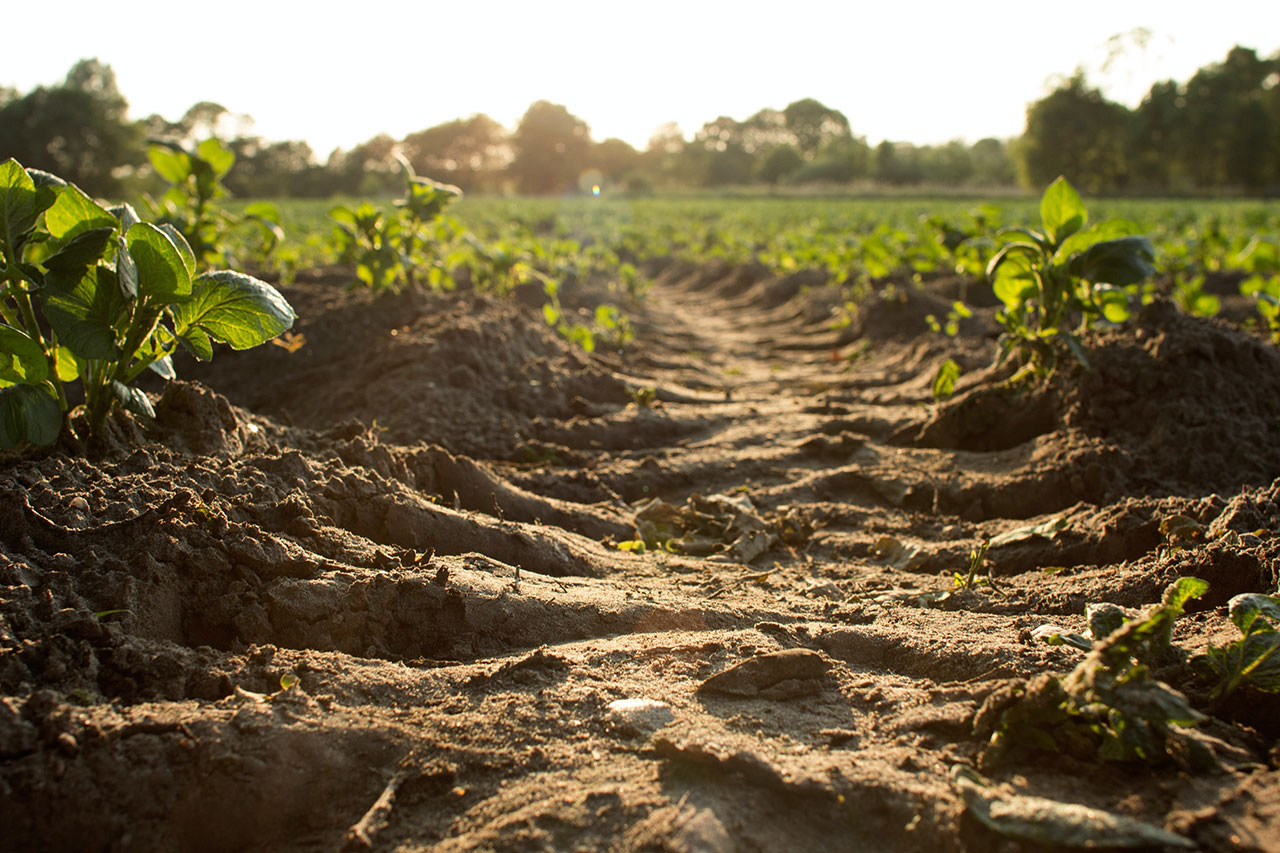
Dylan de Jonge on Unsplash
The Circle of Life
“Soil is kept healthy by promoting soil life,” explains Katja. “You’ve already mentioned how many soil creatures are in there. These are microbes, earthworms, small animals, but these are also soil fungi. And these soil fungi go into symbiosis with the plants and feed on each other. The plant supplies carbon which it converts into sugar and the soil organisms, the soil fungi, supply it with nutrients. So it’s a wonderful symbiosis.”
As Katja educates me, I can hear Elton John crowing his Lion King song in the jukebox of my mind. It’s the circle of life, ancient, ingenious philosophically perfect.
But if this is a perfect wheel, we humans have managed to puncture it.
The Mother of All Crises
“Soil is the mother of all crises because it threatens all life on Earth,” says Yogi Sadhguru, who is visiting Vienna as part of a journey half way across the world to talk about the soil crisis with the movement his has founded #savesoil.
The handsomely-bearded Indian, born as Jagadish Vasudev, is social media influencer on an epic scale. In a campaign backed by several UN agencies, including the World Food Program, he has taken up the case of soil. I meet him at the Museums Quartier in Vienna where he is trailed by a huge, and very obliging, social media team.
“Today United Nations agencies are talking about soil extinction because very clearly responsible scientists are saying we have only agricultural soil for another 60 to 80 years in the field.”
A Social Media Giant
Sadhguru, a recent guest on Trevor Noah, has many adoring fans but he also has some stern critics. They have accused him of over-implication and problematically unscientific statements on modern medicine, some insensitive and illogical statements on suffering during the Covid pandemic. They have also accused his organization of sometimes environmentally harmful practices.
But when a man with millions of followers talks about a vital but underreported crisis, this can have a huge impact. And on the topic of soil he is directly quoting established science and UN figures.
There Is No Magic Pill
One of the main problems, he says, is intensive agriculture and an overreliance on artificial fertilizers. We found magic pills that quickly increased food production in the 20th century, but in doing so they broke the system. If soil provides us with food, it also needs food itself.
If you forgive my vulgarity this means shit and rotting matter. Traditional farming involves letting the animals defecating on the fields, or us spraying their faeces onto the fields and allowing cover crops to rot into the soil or adding compost. But artificial fertilizer made things easier but more damaging.
“We banished the animals from the farms. We banish all of the vegetation from the farm because we just stated this magic powder called fertiliser can take care of everything,” rails Sadhguri. “It’s just like that. You took one or two vitamin pills and you felt great and then you thought you don’t have to eat anymore, just took only pills. That’s exactly what we have done to the soil.”
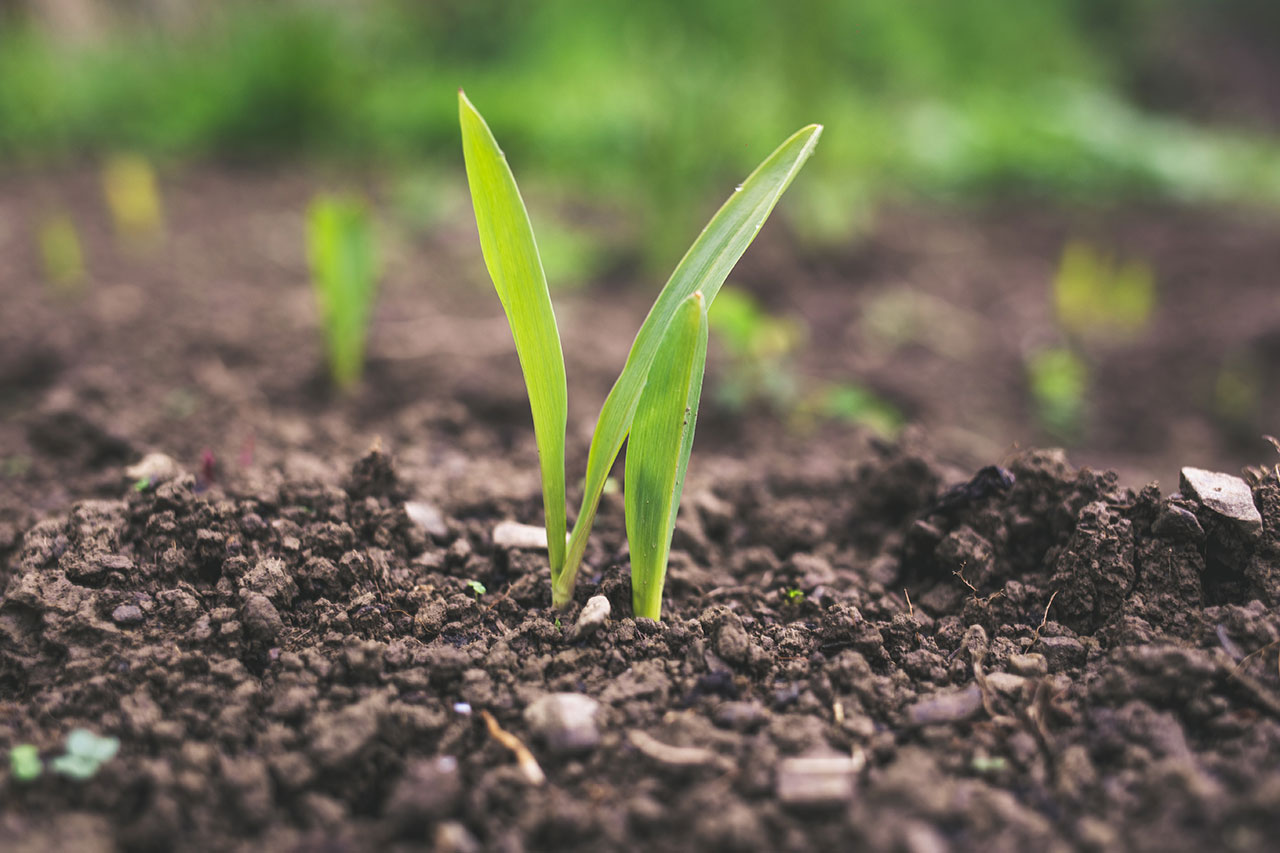
Roman Synkevych on Unsplash
We’ve All Been Doping
More than vitamin pills, I think, as a cycling fan, of blood doping. The EPO and the steroids of the 90s and appropriately named noughties allowed records to be broken but the athletes who were using them were slowly destroying their long-term health.
So it is with soil, says Sadhguru, “Every UN agency is pointing out that by 2045 we will be producing 40 percent less food and our population will be well over nine billion. That’s not a world you want to live in.”
The Beauty of Soil
Sadhguru calls soil “the most complex, sophisticated and the largest living system in the universe. We have to treat it as a living entity.”
George Monbiot writes brilliantly about this: “Most people see it as a dull mass of ground-up rock and dead plants. But it turns out to be a biological structure, built by living creatures to secure their survival, like a wasp’s nest or a beaver dam. Microbes make cements out of carbon, with which they stick mineral particles together, creating pores and passages through which water, oxygen and nutrients pass. The tiny clumps they build become the blocks the animals in the soil use to construct bigger labyrinths.”
This explains why healthy soils is so resilient. “Bacteria, fungi, plants and soil animals, working unconsciously together, build an immeasurably intricate, endlessly ramifying architecture,” writes Monbiot.
Architecture Collapsing
But artificial fertilizer destroys this. “When farmers apply nitrogen fertiliser, the microbes respond by burning through the carbon: in other words, the cement that holds their catacombs together. The pores cave in. The passages collapse. The soil becomes sodden, airless and compacted,” writes Monbiot. If the structures that bind the soil collapse, the soil, the nutritious blanket that nourishes the earth, is simply blown away. Those are the apocalyptic scenes we have seen in dust bowl photographs from the Great Depression era.
Learning To Respect Soil
It’s important we begin to understand this because this would mean we begin to respect the soil in the same way that most of us (Brazilian presidents and the beef industry excepted) respect rainforests. We need to take care of this ingenious structure and that process starts with seeing it in a different way, and then maybe, just maybe, we can avert disaster.
“We tread the soil with our feet, in the truest sense of the word,” says Katja Batakovic of Natur im Garten. “And everything we don’t see, we quickly lose sight of. So we rarely realize what the soil needs from us. And that’s, I think, the reason why it often leads such a shadowy existence."
What does the soil need from us?
The aim of the #savesoil campaign is to bring back at least 3-6% organic content in the soil. That involves bringing the land under shade from vegetation and enriching the soil through plant litter and animal waste.
“It needs food,” says Sadhguru. “What is its food? Its food is organic content. Where did it come from? There are only two sources of organic content. There is no technology. There is no other planet which can provide this to you. The only two systems sources are vegetative matter and animal waste.”
What Are The Solutions
Strangely here is where Sadhguru seems to lack the courage of his convictions. I suggest he’s up against the multi-billion-dollar agrichemical industry, but he says he has nothing against them. I ask him if he is calling for a global move to organic farming, he answers that he doesn’t presume to tell farmers what to do. One of the pitfalls of ten million followers seems to be a fear of offending anyone.
No Magic Pill, No Easy Way Out
The problem, however, is that there is not easy solution. The “green revolution” from the 1960s on that saw yields spike in India and large parts of the Global South, were an integral step in raising people out of poverty.
Global populations have since risen exponentially and it would be naïve to imagine we can provide food for everyone by going back to the “good old ways” of the pre-industrial past. Organic farming is important. Eating less meat will help, localized food systems will help, Monbiot mentions replacing “annuals” - plants that die after a single growing season - with “perennials” which survive from one year to the next.
But the first step has to be learning again to respect our soil.
Publiziert am 12.05.2022







